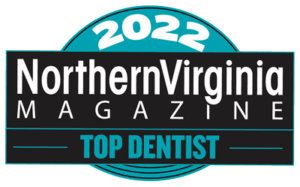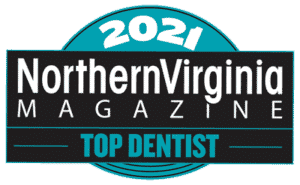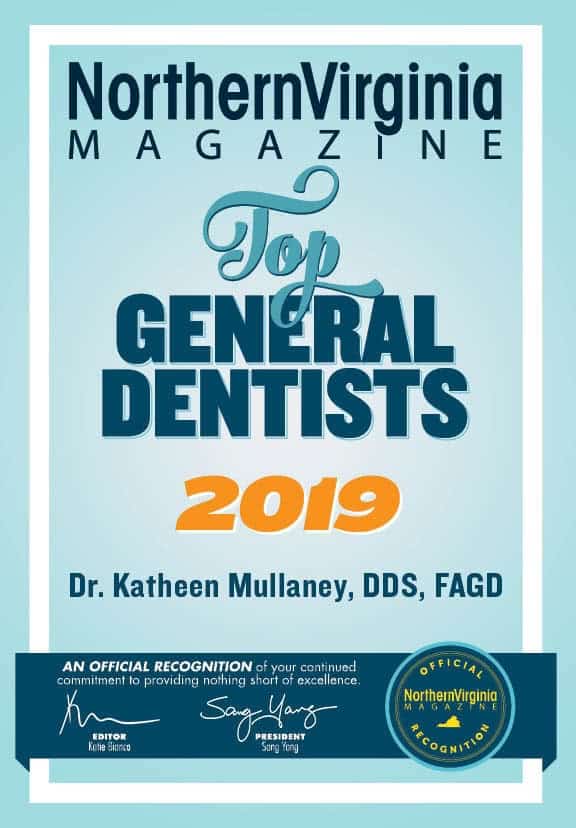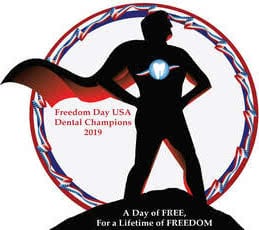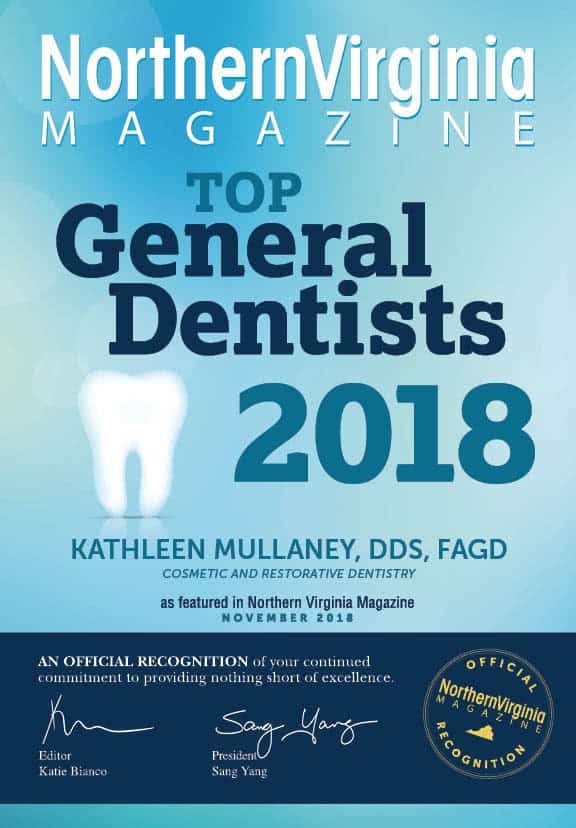Oral Cancer on the rise in the US- Are you being screened?
According to the Centers for Disease Control and Prevention, cancers of the oropharynx (back of the throat, including the base of the tongue and tonsils) are usually caused by tobacco and alcohol, but recent studies show that about 72 percent of oropharyngeal cancers are caused by HPV.
“There has been significant change in the last decade. The HPV-associated oropharyngeal cancer has reached epidemic proportions,” Stenson warns.
The American Cancer Society estimates that 45,780 Americans will be diagnosed with cancer of the oral cavity and oropharynx in 2015.
If this trend continues, the number of cases of HPV-positive oropharyngeal cancer will surpass the number of cervical cancer cases.
Early detection is key
The HPV vaccine currently in use has been shown to decrease the incidence of cervical infections and cancer associated with the virus. While the same result is anticipated for HPV-associated head and neck cancer, the impact of vaccines on incidence of persistent oral HPV infection and/or HPV associated oropharyngeal cancer has not yet been investigated. Still, head and neck surgeons, medical oncologists and other researchers strongly advocate vaccination of both girls and boys to help prevent all HPV-associated cancers.
“For all individuals, the key is in early detection, as with any cancer,” Stenson observes.
In addition to being vaccinated, Stenson stresses the importance of regular visits to the dentist. “Dentists play a key role in detecting oral cancer,” she says. “You might not see a primary care physician even once a year, but most people see their dentist twice a year. Having regular dental visits can help catch cancers early to help ensure the best outcome.”
The American Dental Association states that 60 percent of the U.S. population sees a dentist every year.
Oral cancer warning signs
The Oral Cancer Foundation presumes that cancer screenings of the existing patient population would yield tens of thousands of opportunities to catch oral cancer in its early stages.
Possible warning signs of oral cancer may include difficulty swallowing, pain when chewing, a white patch anywhere on the inside of your mouth, a lump or sore in the mouth or on the lip that does not heal. If you notice any of these symptoms, ask your dentist or doctor about it.
Treatment includes surgery for early or low-volume late stage lesions and radiation or chemoradiation for more advanced cancers.
“There is much that can be done for those who are diagnosed with head and neck cancer. Since early detection and treatment is critical, it’s important to see your dentist regularly and to promptly see a medical professional if there are any warnings signs,” Stenson advises.
We screen all of our patients yearly with the Velscope as well as visual exams at each visit- call us today to schedule your appointment.


